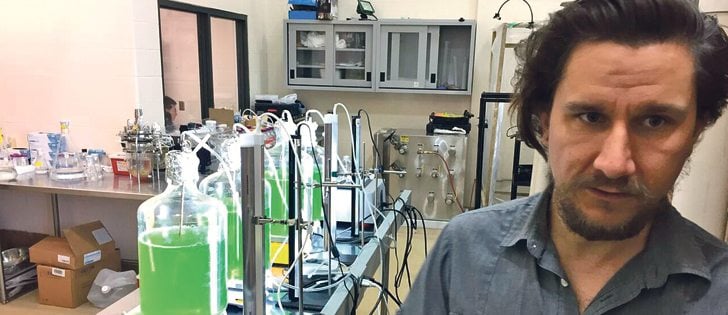Right now I’m sitting at Starbucks at Portage and Main, imbibing a caffeine-laced beverage, working up the energy to tackle a 29 minute taped interview I did yesterday with a leading American crop price forecaster.
This, dear readers, is one of those recurrent plights that affects newspaper scribblers like me. You’re delighted to finally speak to an expert you’ve been trying to connect with for months, you have a great interview and discussion with him, you hang up – your mind buzzing with the expert’s fascinating insights and analysis – then you realize you’re going to have to sort through it all and boil it down to a simple, few-hundred word story that can only scratch the surface of what he said. Twenty-nine minutes of animated futures market discussion is a lot to crawl through sentence by sentence, seeking out good quotes and searching for accurate ways of paraphrasing complex ideas and strategies. I could write stories on 1) his price outlook for the remainder of 2009; 2) a new crop/old crop futures spread strategy he’s looked at that could bring an extra 40 cents per bushel; 3) his general advice on how to approach crop pricing for 2009. Perhaps chunks of what he said will end up in a number of stories I write this week. Hard to say what to do with all this stuff.
Read Also

Lab-made food unlikely to win over shoppers
The future of food will not be defined by lab breakthroughs alone. Success will hinge on taste, transparency, affordability and respect for tradition.
The reason I’ve been trying to chase down this guy, Chris Hurt of Purdue University, is that he offered farmers great advice for marketing soybeans in 2008, that incredible year we just lived through. (His advice would have worked just about as well for canola.) In late 2007 he was arguing that “beans in the teens” was reasonable to hope for in 2008. On November 29 he said “If soybeans are $11 per bushel now, why can’t they go to $15?” As 2008 crawled forward, with soybean prices leaping and jumping to new records steadily in the early months of the year, Hurt was advising farmers to hope for higher prices still, but to be steadily selling increments. Every time soybean prices go up a buck, sell a bit more.
On July 16, 2008, with new crop cash prices at $14.50, he was urging new crop sales. And he cautioned farmers against holding on to old crop soybeans because of the big inverse between the old and new crop prices, which he thought wouldn’t last. Hurt didn’t expect the market to tumble as dramatically as it did soon after this, but farmers following his advice would have scaled-in selling as soybeans rose to $16 (futures price) and not have had much left to price when the tumble began, and would have locked-in a substantial amount of the new crop’s price at much higher prices than soon arrived.
That’s why I wanted to talk to him about his outlook for this year. I mentioned that I’d seen and kept his advice for 2008 and that he’d been pretty right. He was a typically bashful Midwesterner in responding to this observation, but admitted last year was a year when he really felt like he understood what was moving the markets and that it was one of those times an analyst relishes, when their sense and intuition seems to be moving in lockstep with the market. He said he’s had times when he’s felt completely out of step with the market, and those weren’t times he’d enjoyed, but he’d remember 2008 as that happy time when you seem to see what’s coming before it appears.
How does he feel about the remainder of ’09? A lot more mixed, and much more cautious than he did early in 2008.
I think that’s what I’ll write about when I get back to the office and face that mountain of taped interview.















